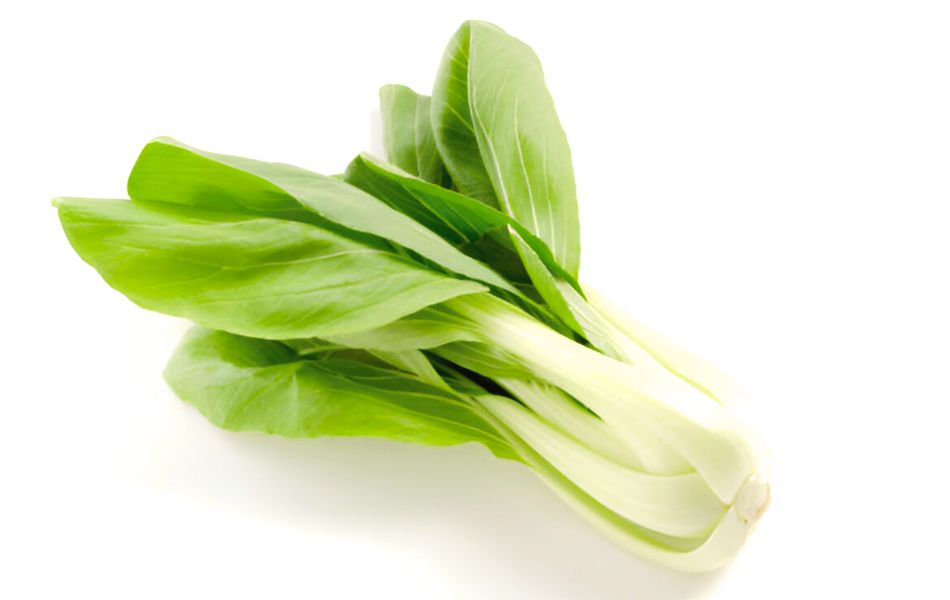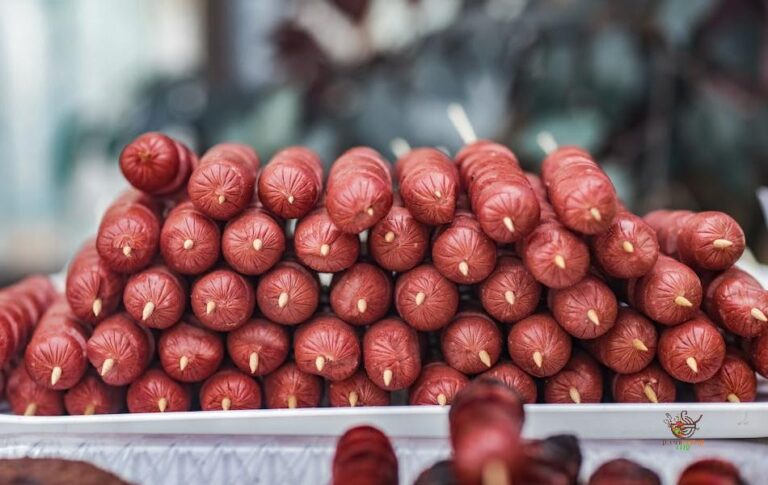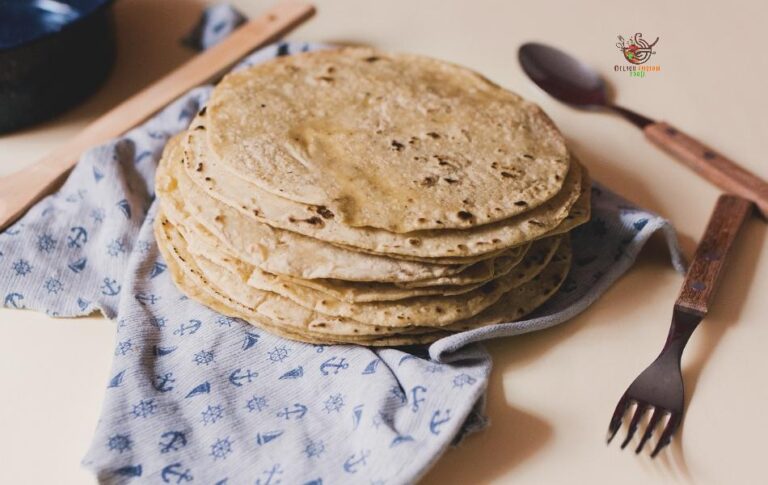Master Bok Choy Cooking with These Essential Tips
Bok choy is a flexible leafy green commonly featured in various Asian dishes. It’s packed with nutrients, easy to cook, and pairs well with various dishes. If you’ve ever wondered how to cook bok choy perfectly every time, you’ve come to the right place.
This article will guide you through some of the best bok choy cooking tips, whether you’re stir-frying, steaming, or simply adding it to soups. With a few simple tricks, you’ll be able to elevate your meals and make the most of this nutritious green.
Why Bok Choy Deserves a Place in Your Recipes
Bok choy isn’t just a leafy green tossed into Asian-inspired dishes. Its mild flavor and crunchy texture make it ideal for a range of cuisines and cooking methods. Plus, it’s packed with nutrients:
- Low in Calories but high in vitamins A, C, and K.
- A great source of calcium, iron, and fiber.
- Rich in antioxidants that support general well-being and health.
Perfect for stir-fries, soups, sautéing, or even grilling, bok choy fits seamlessly into your healthy eating goals while satisfying your taste buds.
How to Select and Store Bok Choy
The foundation of a great bok choy dish starts with choosing the freshest produce. Follow these tips when shopping:
- Look for Bright Green Leaves: Leaves should be crisp and free from yellowing or wilting.
- Inspect the Stalks: The stems should be firm, white, and free of blemishes.
- Feel the Weight: Fresh bok choy will feel heavy for its size, an indicator of moisture content.

To keep bok choy fresh:
- Wrap it loosely in a damp paper towel.
- Store in a plastic bag or reusable produce container.
- Place it in your refrigerator’s crisper drawer; it should last up to five days.
Preparing Bok Choy Like a Pro
Proper preparation ensures your dish tastes amazing and retains its nutritional value. Here’s how to prep it step-by-step:
1. Clean Thoroughly
Bok choy often contains dirt hidden in its tight layers. Rinse the leaves under cold running water and separate them to remove any grit.
2. Slice or Keep the Whole
Decide the size based on your recipe:
- For stir-fries or soups, chop bok choy into bite-sized pieces. Separate thick stalks from tender leaves, as they cook at different rates.
- For steaming or grilling, you can leave baby bok choy whole after trimming the base.
3. Blanch for Tender Texture
Blanch bok choy in boiling water for 30 seconds before adding it to stir-fries. This helps retain its vibrant color and softens the stalks slightly while keeping the crunch intact.
Master the Best Cooking Techniques for Bok Choy
Now that you’ve cleaned and prepped your bok choy, it’s time to cook it to perfection. Here are some tried-and-true methods:
1. Stir-Frying
Stir-frying is a quick, easy way to maximize flavor while preserving the crunchiness of bok choy. Here’s how you can do it:
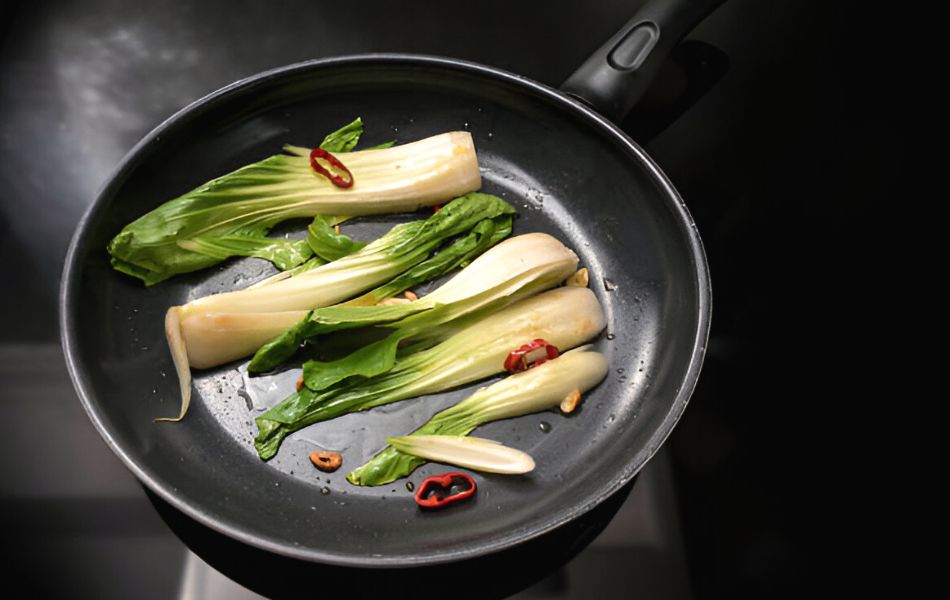
- Heat a tablespoon of oil (like sesame or neutral oil) in a wok or skillet over medium-high heat.
- Start by adding the stalks, as they need a little extra time compared to the leaves. Once it’s been cooking for a couple of minutes, add the leafy parts and stir them in.
- Season with soy sauce, garlic, ginger, or a splash of oyster sauce to bring out savory flavors.
2. Steaming Bok Choy for a Light Dish
If you prefer a lighter cooking method, steaming bok choy is a fantastic option. Steaming helps retain its nutrients and preserves the delicate flavor.
Tip: Steam the bok choy for about 5-7 minutes, depending on its size. Baby bok choy will need less time, while larger bunches may need a few more minutes. Serve it with a drizzle of soy sauce or a sprinkle of sesame seeds for added flavor.
3. Add Bok Choy to Soups and Stews
Bok Choy’s mild flavor makes it a great addition to soups, broths, and stews. It absorbs the flavors of the dish without overpowering it, providing both texture and nutrition.
Tip: Add bok choy at the end of cooking to prevent it from becoming too soft. It will retain its crunch and color, enhancing the overall dish.
4. Sautéing with Garlic
For a more straightforward approach:
- Heat olive or neutral oil in a skillet.
- Add garlic and allow it to sizzle for a few seconds to flavor the oil. Toss in the bok choy stalks, followed by the leaves.
- Cook for 5-7 minutes, until tender.
Pro Tip: Sprinkle sesame seeds or drizzle some chili oil for added flair!
5. Sauté Bok Choy with a Savory Sauce
For a richer flavor, try sautéing bok choy with a savory sauce. A simple soy sauce, garlic, and ginger combination is classic, but you can also experiment with hoisin sauce, oyster sauce, or a splash of rice vinegar.
Tip: Once the bok choy is sautéed, you can toss it with toasted sesame oil or a sprinkle of crushed peanuts for an added crunch.
6. Grill Bok Choy for a Smoky Flavor
Grilling bok choy is another excellent method to bring out its natural sweetness while adding a smoky flavor. Simply cut the bok choy in half, brush it with olive oil, and place it on a hot grill.
Tip: Grill the bok choy for about 3-4 minutes per side. The stalks should be tender, and the leaves should have crispy edges. Serve with a squeeze of lemon or lime for a zesty finish.
7. Pair Bok Choy with the Right Ingredients
Bok Choy’s flavor profile is mild, so it pairs wonderfully with a variety of ingredients. Consider trying these delicious combinations:
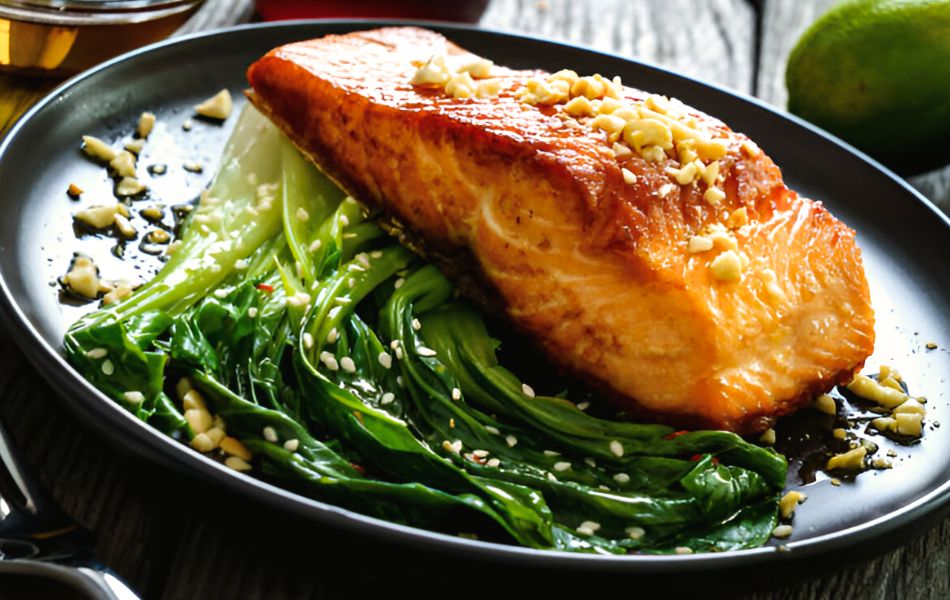
- Proteins: Chicken, tofu, shrimp, and beef.
- Flavors: Soy sauce, garlic, ginger, chili, sesame oil, and miso.
- Vegetables: Mushrooms, bell peppers, carrots, and onions.
Tip: Consider adding a handful of bok choy to your stir-fry or salad for extra crunch and nutrients!
8. Use Bok Choy in Salads
Bok choy isn’t just for cooking. It can also be eaten raw in salads. Its tender leaves add a mild crunch, and it pairs well with tangy dressings like sesame or citrus vinaigrette.
Tip: Slice the bok choy thinly, and toss it with other fresh vegetables, nuts, and seeds for a light and refreshing salad.
9. Don’t Overcook Bok Choy
One of the most common mistakes when cooking bok choy is overcooking it. Overcooked bok choy becomes mushy and loses its vibrant color. To avoid this, always cook it quickly over high heat, whether you’re stir-frying, steaming, or grilling.
Tip: Test the texture of the bok choy as you cook. It should still have a bit of bite to it, even when it’s fully cooked.
10. Enhancing Bok Choy Dishes with Flavorful Seasonings
Seasonings can elevate your bok choy dishes to restaurant quality. Here are some combinations to try:
- Asian-inspired: Soy sauce, sesame oil, garlic, and chili flakes.
- Citrusy Fresh: Lemon zest, olive oil, and a pinch of salt.
- Rich Umami: Oyster sauce, hoisin sauce, and crushed peanuts as garnish.
- Spicy kick: Sriracha or chili oil for heat lovers.
Typical Errors to Watch Out for When Preparing Bok Choy
Even seasoned cooks can trip up when preparing bok choy. Avoid these common missteps:
- Overcooking
Soft, wilted bok choy loses its crunchy texture. Always cook on high heat for shorter durations. - Ignoring Stalks vs. Leaves
The stalks take 2-3 minutes longer to cook than the leaves. Cooking them together might leave the stalks raw or the leaves overdone. - Not Washing Properly
Skipping thorough washing can leave gritty dirt in your dish – not very appetizing!
Simple Bok Choy Recipe to Try at Home
Here’s a quick recipe for a garlic sautéed bok choy side dish.
Ingredients:
- 3-4 cups of bok choy (chopped)
- 2 tbsp olive oil
- 3 garlic cloves (minced)
- 1 tsp soy sauce
- Salt and pepper to taste
Directions:
- Warm some olive oil in a big skillet set to medium heat.
- Sauté garlic until fragrant (about 30 seconds).
- Add chopped bok choy stalks and cook for 2 minutes.
- Toss in the leaves and stir for another 2-3 minutes.
- Season with soy sauce, salt, and pepper.
- Serve immediately as a side dish or over steamed rice.
With this recipe, you’ll be on your way to creating a delicious and healthy meal in no time!
See Also – Expert Tips for Cooking Perfect Asparagus
Start Cooking with Confidence
Bok choy is more than a healthy leafy green. Its versatility, light flavor, and easy preparation make it a must-have in any home cook’s kitchen. Whether you sauté it, toss it in soups, or give it a smoky char on the grill, bok choy’s adaptability will keep your meals exciting and fresh.
Now it’s your turn! Grab some fresh bok choy and try one of these cooking methods today. Share your creations with family and friends, or even experiment with your own flavor combinations to make it truly yours.

